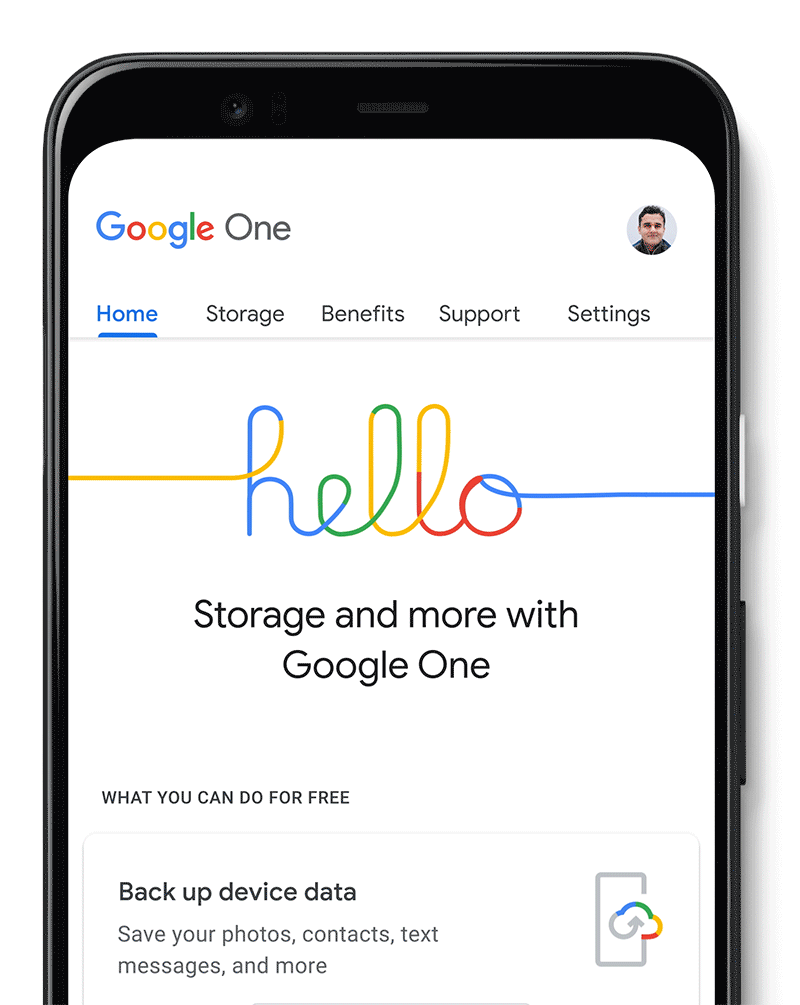After raising $15 million in financing from one of technology’s most successful global investment firms, the Los Angeles-based consumer goods rental company Joymode is selling itself to an early-stage retail investment firm out of New York, XRC Labs.
Joymode’s founder Joe Fernandez will continue on as an advisor to Joymode as the company moves to pivot its business to focus on retail partnerships.
The relationship with XRC Labs’ Pano Anthos began after a small pilot integration between Joymode and Walmart launched in late 2019. “[It] became obvious that we should go all in on retail partnerships,” according to Fernandez. And as the company cast about for partners to pursue the strategy, Anthos and his firm, XRC, kept being mentioned, Fernandez said.
The precise terms of the deal with XRC Labs were undisclosed, but Joymode will become a wholly owned business of XRC and could potentially return to market to raise additional funds from additional investors, according to Fernandez.
“We could never crack growth at the scale we needed,” said Fernandez of the company’s initial business. “From day one, my belief was Joymode was going to be huge or dead. We grew, but given the cost structure of our business it put a lot of pressure on the business to grow exponentially fast. Everyone loved the idea but the actual growth was slower than we needed it to be.”
Though Joymode wasn’t a success, Fernandez said he can’t fault his investors or his team. “We got to iterate through every possible idea we had. Literally every idea we had was exhausted… We failed and that’s a bummer, but we got a fair shot,” he said.
What remains of the company is an inventory management system on the back end and a service that will allow any retailer to get involved in the rental business going forward.
“Part of the thesis was that by making things available for rental, people would want to do more stuff,” said Fernandez, but what happened was that consumers needed additional reasons to use the company’s service, and there weren’t enough events to drive demand.
“I believe that the inventory management system we made was incredible and it will be a standard for retailers doing rentals going forward,” he said.
As the company turned to retailers, the rental option became a way to generate revenue through additional products. “All the accessories that made the event even better,” said Fernandez. “Add-ons, try before you buy, experiential things that are just much more complete in a retail environment.”
At Joymode, the problem was that the company was owning the inventory, which created a high fixed cost. “We never felt confident with the growth in LA to justify the expense of opening in another city,” Fernandez said. “If we had cracked user acquisition in LA we would have rolled it out in a bunch of places.”
Ultimately, Joymode members saved $50 million by using Joymode to rent products rather than buying them. In all, the company acquired 2,000 unique products — from beach and camping equipment to video games, virtual reality headsets to cooking appliances. On a given weekend, roughly 30,000 products would ship from the company’s warehouse to locations across Southern California.
At XRC Labs, a firm launched in 2015 to support the consumer goods and brand space, Joymode will complement an accelerator that raises between $6 million and $9 million every two years and manages a growth fund that could reach $50 million in assets under management.
For Anthos, the best corollary to Joymode’s business could be the rental business at Home Depot. “Home Depot’s rental business is over $1 billion per year,” Anthos said. “There’s going to be this enormous component of our society and for them renting will be not just a more sustainable but reasonable option. They’re going to want to rent because they don’t want to own it.”
Joymode was backed by TenOneTen, Wonder, Struck Ventures, Homebrew and Naspers (now Prosus).





